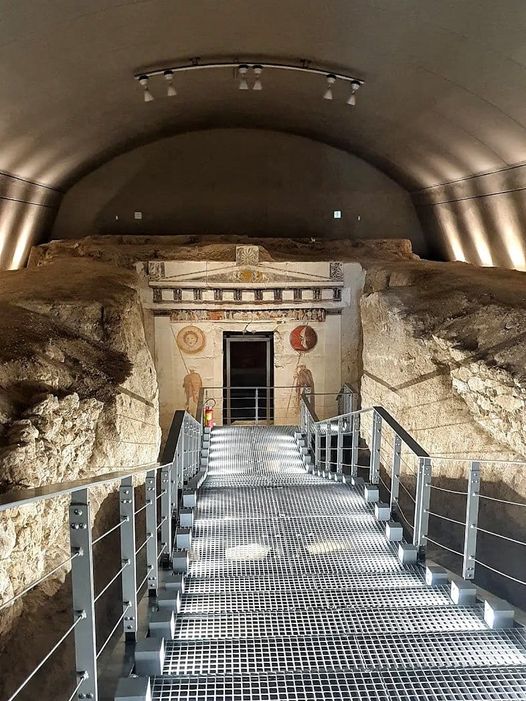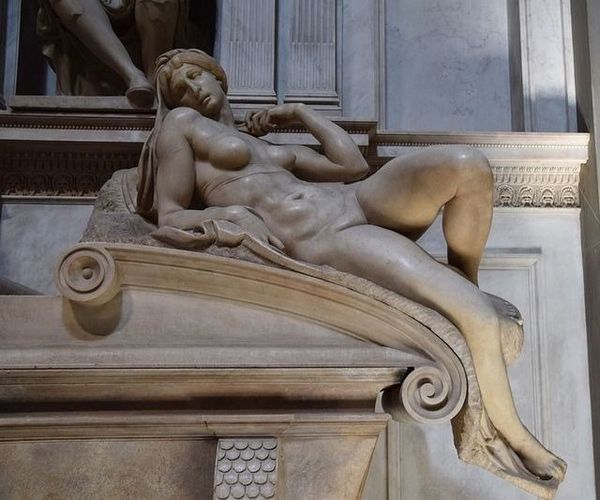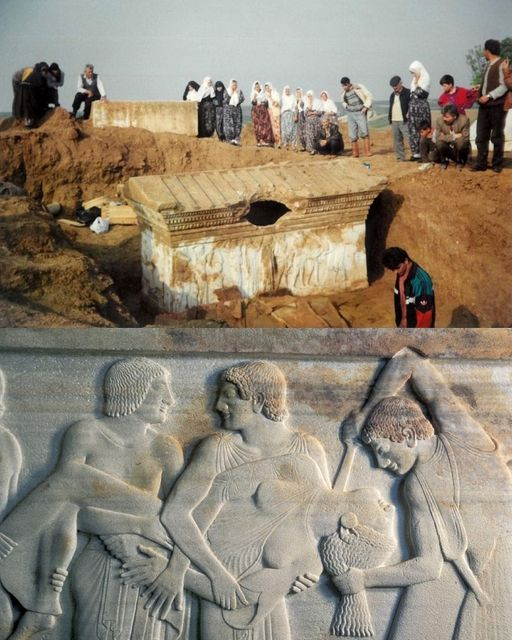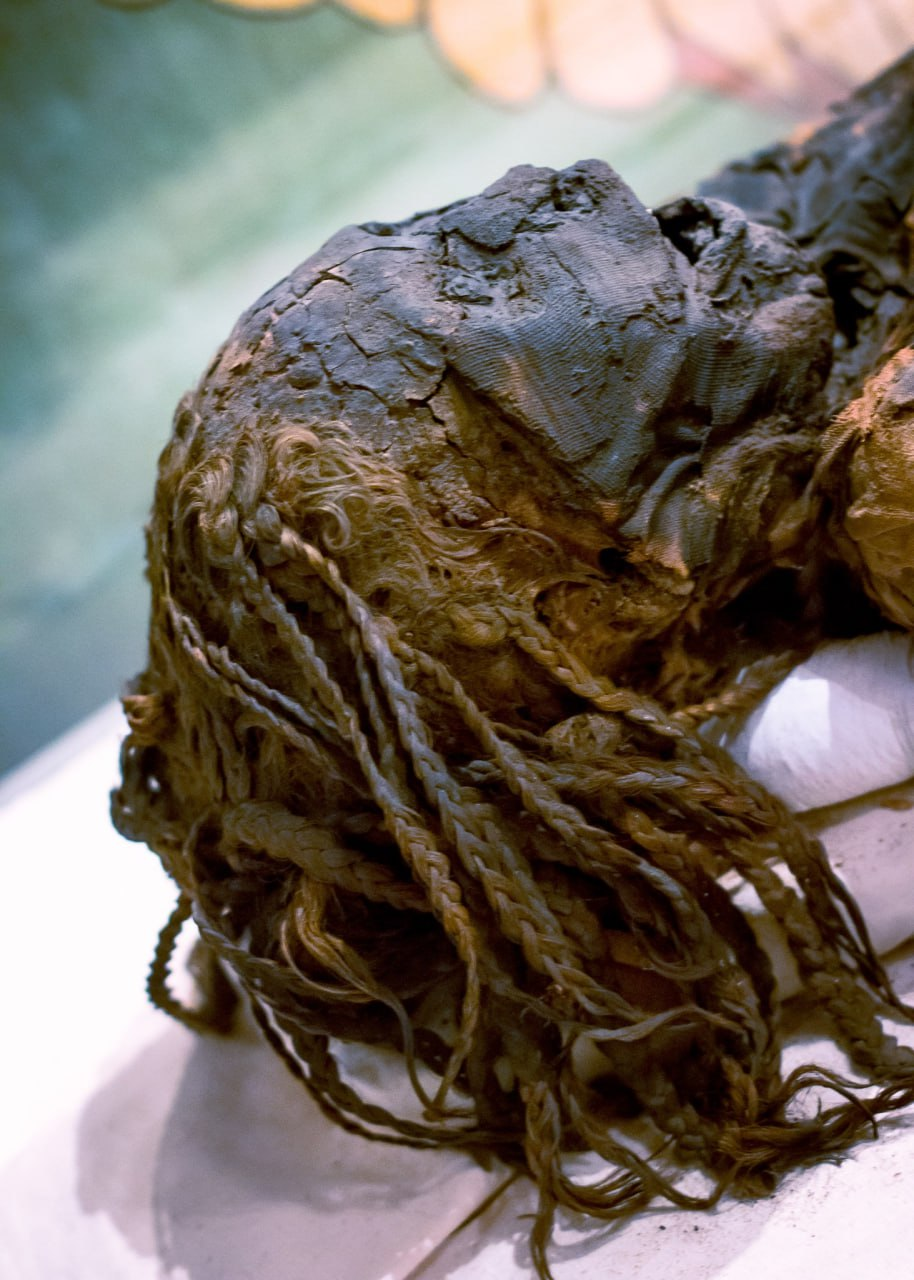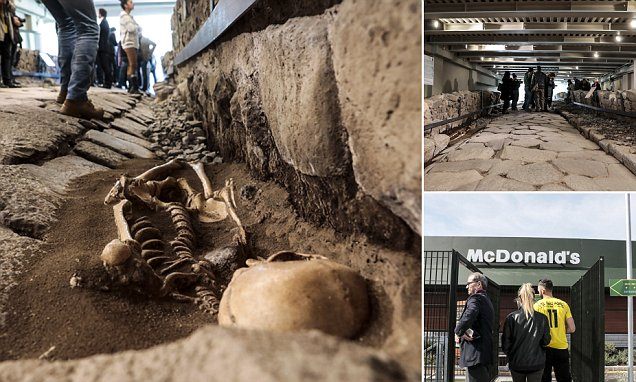Nestled within the ancient city of Hierapolis lies a hidden gem of history and legend—the 2,200-year-old ancient pool, known colloquially as Cleopatra's Pool. With its crystal-clear thermal waters and storied past, this captivating site has drawn visitors from far and wide, each seeking to immerse themselves in the mythical allure of its waters. Join me as we embark on a journey to unravel the mysteries of Cleopatra's Pool, delving into its rich history and timeless beauty.
A Glimpse of Antiquity: The Ancient City of Hierapolis
Hierapolis, located in modern-day Denizli, Turkey, was once a thriving ancient city renowned for its thermal springs and healing waters. Founded in the 2nd century BC by the Attalid kings of Pergamon, Hierapolis flourished under Roman rule and became a popular destination for those seeking relaxation and rejuvenation. Today, the ruins of Hierapolis offer a glimpse into the city's illustrious past, with its well-preserved theater, necropolis, and, of course, the legendary Cleopatra's Pool.

Legend of Cleopatra: Myth and Reality
According to local legend, the thermal waters of Hierapolis caught the attention of the Egyptian Queen Cleopatra, who journeyed to the city to experience their purported healing properties. It is said that Cleopatra was so enamored with the thermal pool that she bathed in its waters, believing them to possess rejuvenating qualities. While historical evidence of Cleopatra's visit to Hierapolis is scarce, the legend has endured through the ages, adding to the allure of the ancient pool and its association with one of history's most iconic figures.
A Natural Wonder: Pamukkale's Thermal Springs
Cleopatra's Pool, nestled amidst the surreal landscape of Pamukkale, is fed by the thermal springs that bubble up from deep within the earth. These natural hot springs, rich in minerals and renowned for their therapeutic benefits, have attracted visitors for centuries, drawn by the promise of relaxation and healing. The pool's crystal-clear waters, tinged with hues of turquoise and emerald, create a mesmerizing sight against the backdrop of Pamukkale's white travertine terraces, forming a tranquil oasis amidst the rugged beauty of the landscape.
As we reflect on our journey to Cleopatra's Pool in Hierapolis, we are reminded of the timeless allure of ancient legends and the enduring power of natural wonders to captivate the human imagination. Whether bathed in myth or steeped in history, Cleopatra's Pool stands as a testament to the rich tapestry of human experience and the profound connection between people and the land they inhabit. As visitors continue to flock to this ancient site, they are drawn not only by its beauty but also by the opportunity to immerse themselves in the history and heritage of one of Turkey's most iconic landmarks.
Archaeological Significance:
The discovery and preservation of Cleopatra's Pool offer valuable insights into the cultural and historical significance of thermal springs in the ancient world. Through archaeological research and excavation, scholars gain a deeper understanding of the rituals, beliefs, and practices associated with bathing and healing in antiquity. By studying the remains of Hierapolis and its thermal springs, archaeologists contribute to our knowledge of ancient civilizations and their interactions with the natural environment, enriching our understanding of the human experience across time and space. Through ongoing conservation efforts, we ensure that Cleopatra's Pool remains accessible for future generations to explore and appreciate, preserving its legacy as a testament to the enduring allure of the ancient world.


